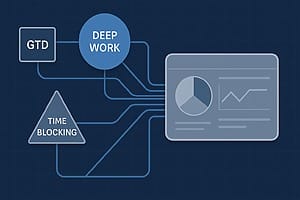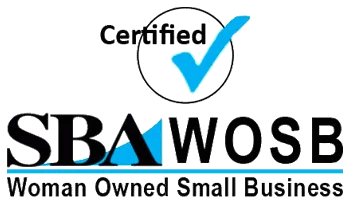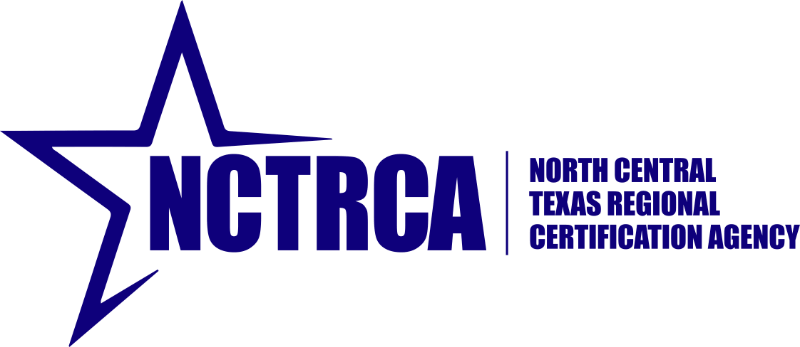Google’s former CEO Eric Schmidt once admitted he was skeptical about getting a coach—after all, he was already a top executive . But he soon realized that the right coach provides something even the best leaders need: honest outside perspective and guidance to reach their full potential. He’s not alone. Today, one-third of Fortune 500 companies use external executive coaches as part of standard leadership development for their executives and emerging leaders . In an era of rapid change and complexity, even seasoned CEOs recognize that leadership is a journey of continuous growth.
Executive coaching often involves candid one-on-one conversations that spark self-reflection and growth. In fact, Harvard Business Review notes that while a decade ago companies hired coaches mainly to “fix” toxic executives, today most coaching is about developing high-potential leaders . This shift reflects a simple truth: no matter how experienced you are, there’s always another level of excellence to achieve. In the insights that follow, we’ll explore how executive coaching can elevate your self-awareness, sharpen your communication, build high-performance teams, and strengthen your strategic thinking—backed by research, real examples, and practical tips from the field.
TL;DR;
•Self-Awareness is Key: Executive coaching shines a light on blind spots and strengths, helping you become a more self-aware and agile leader.
•Better Communication & EQ: Coaching hones your communication skills and emotional intelligence so you can build trust, inspire your team, and navigate conflict with confidence.
•High-Performance Teams: By adopting a coaching mindset, leaders empower others. This leads to more engaged, high-performance teams and a stronger pipeline of future leaders.
•Strategic Focus & Growth: A coach provides an unbiased sounding board for tough decisions and encourages continuous learning, keeping you adaptable in a rapidly evolving business landscape.
•Tangible Impact: Effective coaching delivers measurable results – from improved productivity to higher retention – making it a high-ROI investment in your leadership (studies report up to 788% ROI on coaching programs).
1. Cultivating Self-Awareness and a Growth Mindset
Insight: Great leadership starts from within. A coach’s first job is often to hold up the mirror and increase your self-awareness. Senior executives sometimes find that as they rose through the ranks, honest feedback grew scarce. Executive coaching breaks through that bubble. As one Fortune 500 CEO put it, “My coach helped me see the blind spots that no one else would tell me about.” Increased self-awareness has a cascade effect: you recognize how your behavior impacts others, you understand your strengths and weaknesses more clearly, and you become open to change. It’s no surprise that executives who get the most out of coaching have “a fierce desire to learn and grow” – in other words, a growth mindset.
Research/Experience: In my coaching practice, I often begin with a 360-degree feedback exercise or personality assessment. The data can be eye-opening. For example, a VP of Sales I worked with was shocked to learn that her team found her micromanagement stifling. She had always seen herself as “helpful,” but through feedback and coaching conversations, she became aware of how her approach limited her team’s growth. This mirrors a broader trend: companies now engage coaches not to coddle egos or address only problems, but to develop self-aware, emotionally intelligent leaders who drive positive change .
Real-World Example: Consider Satya Nadella, Microsoft’s CEO, who famously championed a shift from a “know-it-all” culture to a “learn-it-all” culture. His emphasis on curiosity and growth mindset is something executive coaching reinforces at an individual level. I coached a technology director who initially struggled with this concept. He was extremely technically skilled but had a hard time admitting when he didn’t know something. Through coaching, he practiced saying “I don’t have the answer right now—let’s figure it out” to his team. Embracing humility and learning in this way transformed how his team perceived him: instead of seeing a defensive manager, they saw an authentic leader committed to growth.
Actionable Advice: To cultivate self-awareness, start by seeking feedback from trusted colleagues or mentors – and truly listen without defensiveness. Set aside 10 minutes each day for reflection: What went well today? What could I have handled better? Keeping a leadership journal can be a powerful tool to track these insights over time. You can also engage in leadership development workshops or coaching sessions that include assessments (like DiSC or EQ-i) to get a data-driven read on your style. Remember that feedback is a gift. As one coaching client of mine liked to recite, “If you don’t know, you can’t grow.” By actively working on your blind spots and continuously learning, you set the foundation for all other leadership improvements.
2. Mastering Communication and Emotional Intelligence
Insight: Leaders rise or fall by how well they communicate. Whether you’re rallying the troops around a new vision or having a difficult one-on-one conversation, effective communication and high emotional intelligence (EQ) are non-negotiable. A seasoned executive coach will help you become a better listener, a clearer communicator, and more attuned to the emotions in the room. Why does this matter? As Peter Drucker wisely said, “The most important thing in communication is hearing what isn’t said” . In other words, great leaders listen between the lines and pick up on subtle cues – a skill coaches actively develop in their clients.
Research/Experience: There’s plenty of evidence that coaching improves these “soft” skills in ways that lead to hard results. One study cited by Harvard Business Review found that training plus coaching boosted managers’ productivity by 88%, versus 22% from training alone . The International Coach Federation (ICF) also reports that coaching is linked to improvements in communication skills and work relationships for 70% of clients . I’ve seen this firsthand. For example, I worked with a CFO who was brilliant with numbers but blunt with people. His emails were one-liners that often came across as curt, and in meetings he tended to dismiss others’ ideas. Through coaching, he learned to practice active listening – actually pausing to hear colleagues out before responding – and to adjust his tone both in writing and speaking. We even did role-play exercises to help him deliver constructive feedback in a more encouraging way. Over six months, the change was remarkable: interdepartmental tensions eased and his team’s engagement scores went up, all because he learned to communicate with empathy and clarity.
Real-World Example: Think of renowned leaders known for communication, like Indra Nooyi or Winston Churchill. While styles differ, a common thread is emotional intelligence – understanding and managing your own emotions and those of others. In one coaching engagement, a Director of Operations realized that her tendency to “solve problems” immediately in meetings was unintentionally shutting down her team’s input. We introduced what I call the “leader as coach” approach: instead of jumping in with answers, she began asking open-ended questions like, “How would you approach this challenge?” and “What do you suggest we do?” This shift did two things: it made her team members feel heard and valued, and it gave her richer information to make better decisions. One team member told her later, “I feel like you finally hear us now,” which was both humbling and affirming for the leader. As her example shows, improving communication isn’t just about speaking more articulately – it’s about fostering dialogue and trust.
Actionable Advice: To become a better communicator, try these coaching tips: In your next meeting, make a point to listen 80% and talk only 20%. Ask at least one question before you offer a solution. Pay attention to body language – both yours and others’. Are your arms crossed, or are you leaning in and showing interest? After a conversation, quickly jot down how you think the other person felt; this builds your empathy “muscle.” Additionally, consider learning about High-Performance Teams and the role of emotional intelligence in team dynamics. You can even enlist a colleague to observe and give feedback on your interactions (much like a coach would). Small changes – like saying “tell me more” instead of immediately giving advice – can dramatically improve how others respond to you. Over time, these habits translate into a reputation as a leader who listens and communicates with authenticity. As your coach, I would challenge you with this: How can you ensure others not only understand your message, but also feel understood by you? That’s the hallmark of a great communicator.
3. Empowering and Coaching Your Team to Excellence
Insight: The higher you climb, the more your success hinges on lifting others up. Top executives eventually learn that leadership isn’t about doing everything yourself – it’s about building an environment where your people can do their best work. Executive coaching helps leaders transition from “chief problem-solver” to “chief coach” for their teams. This is where you unlock not just your own potential, but your organization’s. As Jack Welch famously said, “Before you are a leader, success is all about growing yourself. When you become a leader, success is all about growing others.” In practice, that means great leaders focus on empowering their team members, developing emerging talent, and creating high-performance teams that can execute the vision.
Research/Experience: Studies have shown that organizations with high-trust, coaching-oriented cultures significantly outperform others. According to research summarized in Forbes, high-trust organizations – often nurtured by effective coaching – report much higher employee engagement and productivity . This makes intuitive sense: if your team members feel trusted, supported, and coached (rather than micromanaged or feared), they’re more likely to go the extra mile. I often work with C-suite leaders on adopting a coaching leadership style. For instance, a CTO I coached led a fast-paced engineering team. Initially, his approach was to review code and fix mistakes himself to “save time.” The outcome? His team became passive, expecting him to catch errors, and some top performers left for more empowering environments. We worked on reversing this dynamic by coaching him to ask questions and delegate ownership: “What options have you considered for solving this bug?” or “Which approach do you think best achieves the project goals?” He learned to resist the urge to “just do it,” and instead guided his engineers to arrive at solutions. Over a few quarters, not only did the team’s efficiency improve, but a culture of accountability and innovation took root. By coaching his team rather than dictating to them, he unlocked their potential – and freed up his own time to focus on strategic issues.
Real-World Example: We see this principle in many successful organizations. For example, Google’s Project Oxygen research found that one key behavior of great managers is being a good coach to their teams. And consider a real scenario: a mid-size company’s VP of Operations was struggling with high turnover in one department. Exit interviews revealed that employees felt they weren’t growing. So the VP, with guidance from her executive coach, implemented a “leader as coach” initiative. Managers began holding monthly one-on-one coaching conversations with employees, focused on development goals and roadblocks. They also set up peer coaching circles for teams to solve problems together. Within a year, retention improved markedly and so did internal promotion rates – clear signs of a more engaged, high-performing team environment. This transformation started at the top: the VP herself modeled coaching behaviors, asking her direct reports how she could support them. It created a ripple effect of openness and growth. The lesson is powerful: when leaders coach their teams, they multiply leadership capacity across the organization.
Actionable Advice: To put this into practice, start by assessing your team’s culture. Do people feel safe to take risks and voice ideas? If not, that’s your first area to address. You can cultivate higher trust by recognizing effort and coaching through mistakes rather than penalizing them. Try holding regular “growth conversations” that are separate from project updates – talk about career aspirations, skill gaps to close, and give developmental feedback. Providing leadership development opportunities, like workshops or stretch assignments, also shows your commitment to their growth. Many organizations even offer formal coaching or mentoring programs for high-potentials; if yours does, encourage your team to take part, or consider providing coaching for emerging leaders on your team who show promise. (If it doesn’t, you can still mentor them yourself in a structured way.) Importantly, practice asking vs. telling. The next time a team member comes with a question, try responding with, “What do you think we should do?” You might be surprised at the solutions they come up with when given the chance. Remember, your goal is to build a team that doesn’t just wait for directions but proactively drives results – a true high-performance team. By shifting your style from directive to coach-like, you empower your people to grow, which in turn expands what your organization can achieve.
4. Sharpening Strategic Thinking and Adaptability
Insight: One of the greatest benefits of executive coaching – especially for C-suite leaders and VPs – is having a dedicated thinking partner for the “big picture” questions. When you’re in the thick of day-to-day operations, it’s easy to get tunnel vision. A coach forces you to pause, step back, and consider the broader strategic landscape. In the words of the late Dwight D. Eisenhower, “Plans are nothing; planning is everything.” The message: it’s the continuous process of reflection and adjustment that truly drives success. Executive coaching keeps you in a constant state of planning and learning, so you can adapt to new challenges and opportunities. The World Economic Forum even notes that in our fast-changing world, leaders must become lifelong learners to avoid falling behind . A coach essentially becomes your partner in that learning journey – helping you clarify your strategy, weigh tough decisions, and stay adaptable.
Research/Experience: Research by McKinsey and others has highlighted that strategic leaders dedicate significant time to reflection and ideation, not just execution. Yet many executives struggle to carve out that time. Here’s where a coach can create accountability. I worked with a COO of a rapidly growing company who was so consumed by daily fires that she had lost sight of the company’s long-term strategy (and frankly, had no time to think about it). We instituted what we called “Think Big Thursdays” – two hours blocked off every week for purely strategic work. During our coaching sessions, I would ask questions like: “If you zoom out, what trends do you see affecting your business in 3-5 years?” or “What’s one thing you’re not doing today that could significantly move the needle if you devoted resources to it?” Initially, it was uncomfortable for her to step away from immediate issues, but over time she found these strategic pit stops invaluable. They led to concrete outcomes – for example, identifying the need for a new data analytics initiative and planning a high-performance teams training program to support it. The coaching process not only sharpened her strategic thinking but also made her more adaptable. When a sudden market shift occurred, she had the mental “space” and habit of flexibility to respond swiftly rather than react impulsively.
Real-World Example: Think of leaders like Jeff Bezos or Elon Musk – they famously carve out time to focus on future innovations and big bets. While not everyone is launching rockets or new global initiatives, the principle applies universally: leaders must work on the business, not just in the business. A real example comes from one of my clients, a CFO at a healthcare firm. He was grappling with whether to invest heavily in a new service line. Through coaching, we mapped out best-case and worst-case scenarios and explored his risk tolerance and vision for the company. I didn’t tell him what to do – instead, I asked probing questions and occasionally challenged his assumptions (like “What if your competitor beats you to it? How would you feel about not taking that risk?”). Over a few sessions, he gained clarity and confidence in a decision that had previously kept him up at night. He eventually presented a well-thought-out strategy to the board, who appreciated the depth of analysis. The icing on the cake? He later credited our coaching work with helping him think more broadly and proactively in other areas, not just that one decision. This underscores how coaching strengthens your strategic muscle for all challenges, not just immediate ones.
Actionable Advice: You can start honing your strategic thinking right away. Schedule a recurring meeting with yourself on the calendar – treat it as unmissable as an investor call. Use that time to ask big questions: “Are our current tactics moving us toward our vision?” “What emerging trend haven’t I explored?” Write these down and brainstorm freely, or discuss them with a peer mentor if you have one. Another tip is to practice scenario planning: for any major decision, articulate 2-3 possible outcomes (good and bad) and how you’d respond. This habit, which coaches often employ with clients, expands your thinking. Additionally, stay curious and keep learning. Maybe set a goal to read one book or major industry report a month (many top CEOs are voracious readers). Engage in Leadership Development programs or executive courses to expose yourself to new ideas – the best leaders never stop refining their craft. If you have a coach or are considering one, leverage them as a safe sounding board: bring your toughest dilemmas or wildest ideas to your sessions. The beauty of coaching is that it’s a confidential lab for your leadership experiments and reflections. By committing to this continuous improvement, you’ll find that you not only make better decisions today, but you’re also more prepared for tomorrow’s disruptions. As John F. Kennedy once observed, “Leadership and learning are indispensable to each other.” In coaching, you embrace both, unlocking growth for yourself and your organization.
Conclusion
Unlocking your leadership potential is not a one-time event – it’s a career-long journey of learning, adapting, and striving for excellence. Executive coaching serves as a catalyst on that journey, accelerating your development in ways difficult to achieve alone. We’ve discussed how coaching can heighten your self-awareness, improve your communication and emotional intelligence, empower you to build high-performance teams, and sharpen your strategic thinking. Take a moment to reflect on those areas: where do you see the biggest opportunity for your growth? Perhaps you realize you could listen more actively, or maybe you’ve been so caught up in execution that you haven’t revisited your vision lately. These insights are the first step.
The next step is action. Consider which of the actionable tips in this article you can put into practice this week – maybe it’s soliciting candid feedback from your team, or carving out an hour for strategic brainstorming. Small changes in your leadership habits can compound into significant improvements over time. And remember, you don’t have to do it all alone. Many senior leaders find that partnering with a professional Executive Coaching program or mentor gives them the structure, accountability, and expert guidance to push beyond their comfort zone. It’s a confidential, supportive space to work on yourself – something even CEOs benefit from. (Bill Gates said it well: “Everyone needs a coach.” ) By investing in yourself through coaching, you’re sending a message to your organization and team that growth and development matter.
Ultimately, unlocking your leadership potential isn’t just about personal success – it’s about the positive impact you create for your team and company. When you lead with greater self-awareness, clarity, and purpose, you inspire those around you to rise to the occasion as well. Organizations thrive under leaders who are both humble enough to keep learning and bold enough to drive change. So ask yourself: What could you achieve with an experienced coach in your corner, and what’s the cost of standing still? The best leaders continually seek out that next level of performance. With the right coaching and mindset, that next level is within reach for you too. Your leadership journey is far from over – in fact, it may be just beginning.
Ready to take the next step? Embrace the idea that improving as a leader is a never-ending process. Whether through formal executive coaching or a commitment to self-directed growth, make it a priority. Your future self – and your organization – will thank you. After all, unlocking your leadership potential isn’t just good for you; it drives sustainable success for everyone you lead.
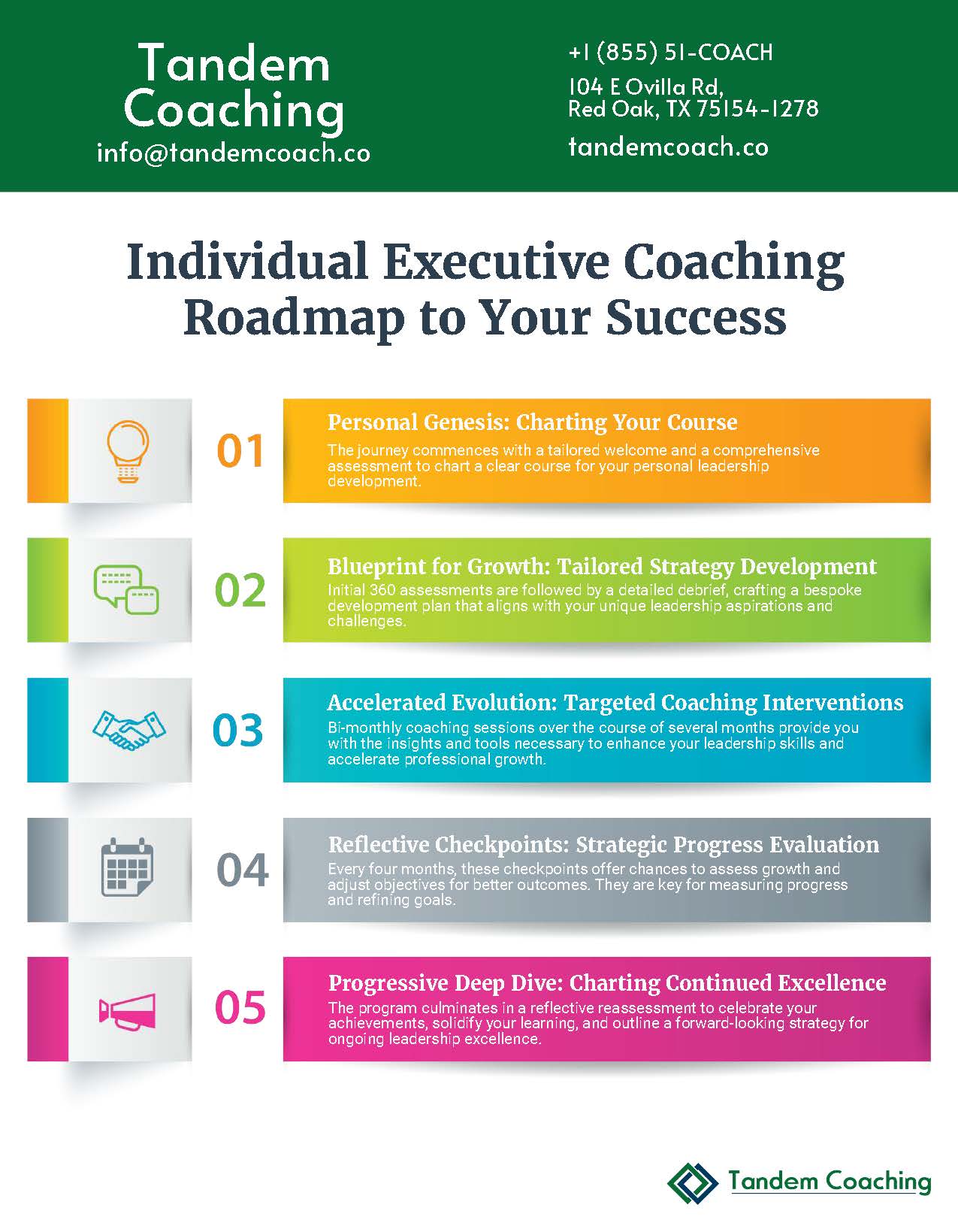

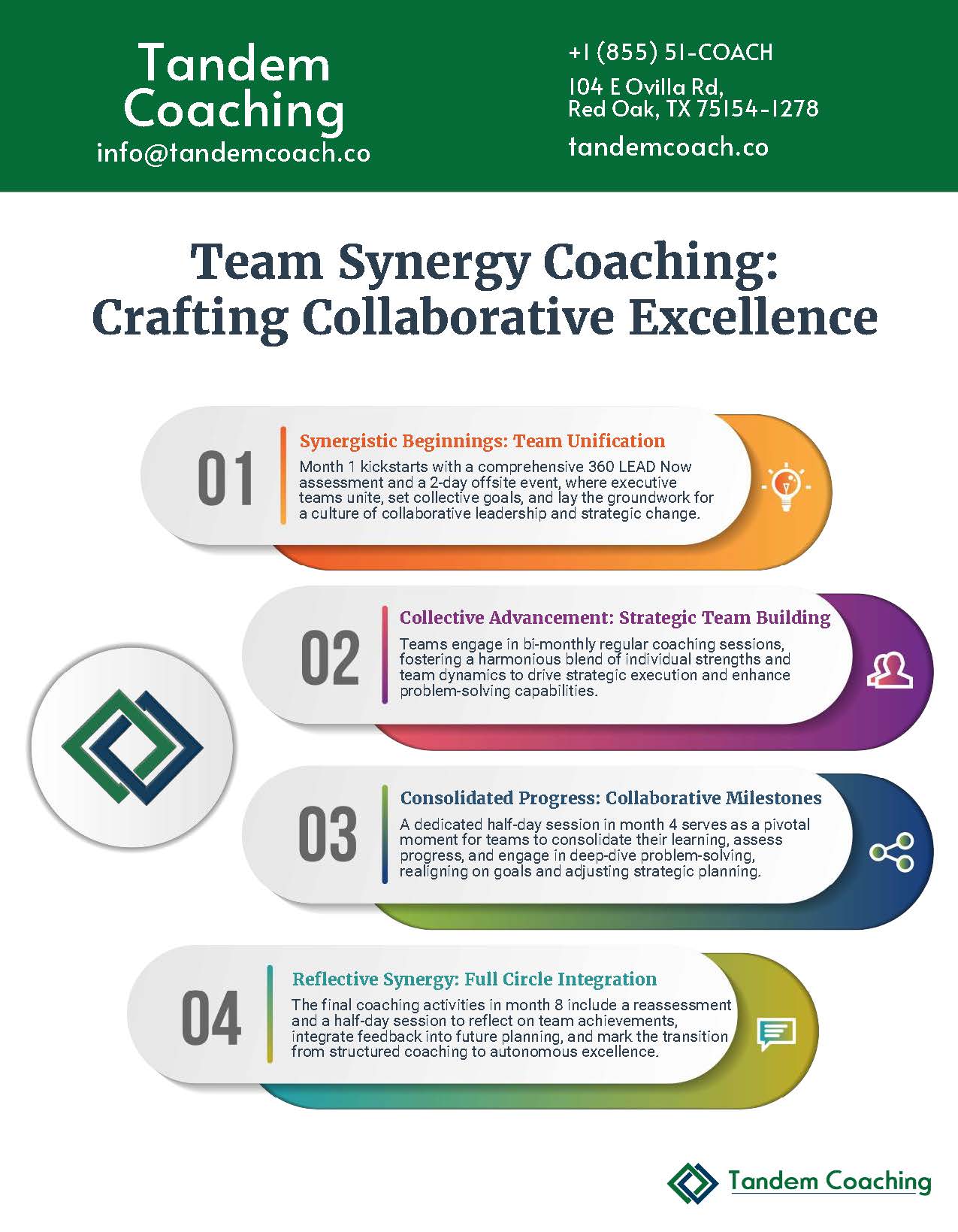
Boost Your Leadership Team Success!
Take your leadership team to the next level and achieve great results with our executive coaching.
Learn how our coaching and ASPIRE method can change things for you—get a free brochure to begin your journey.
About the Author
Cherie Silas, MCC
She has over 20 years of experience as a corporate leader and uses that background to partner with business executives and their leadership teams to identify and solve their most challenging people, process, and business problems in measurable ways.





